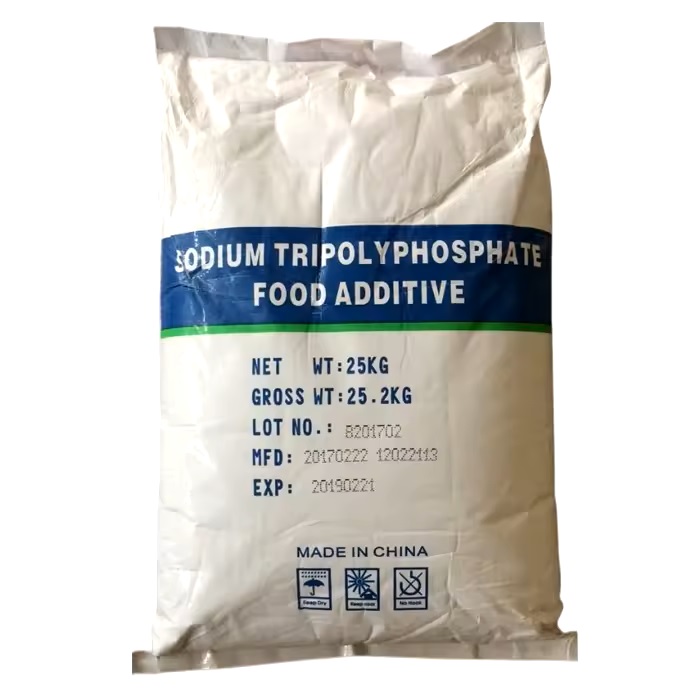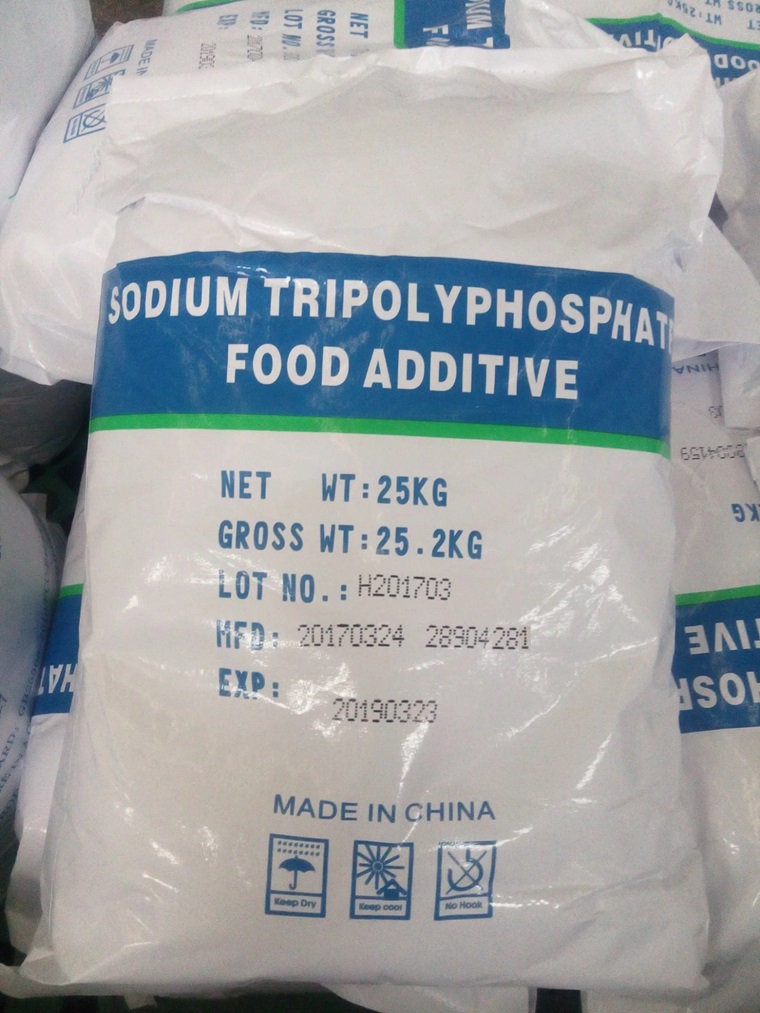We unleash your business potential by maximize the business innovation.
Send EmailE 450, Sodium Tripolyphosphate, STPP, Triphosphate, 7558-29-4
Molecular Formula (Sodium Tripolyphosphate); Na5P3O10.nH2O(n=0
Molecular Weight; 367.86 g/mol
Chemical Name; Sodium Tripolyphosphate
CAS Number; 7558-29-4
It has many uses in the industry due to its food preservative properties from cleaning products. It is also called as Sodium Tripolyphosphate (STPP), pentasodium salt and triphosphoric acid.
Its chemical structure consists of 5 Sodium Atoms, 3 phosphorus atoms and 10 Oxygen atoms.
Sodium Tripolyphosphate E Code; E 450.
Other names:
Sodium Triphosphate
Triphosphoric Acid
Pentasodium Salt
Sodium Salt Triphosphoric Acid
Tripolyphosphate
Sodium Tripolyphosphate anhydrous
Tetrasodium tripolyphosphate
Triphosphate
Sodium Phosphate
Pentasodium (Oxido-phosphonatoxyphosphoryl) phosphate
Sodium Tripolyphosphate Penta Basic
E 450
Sodium Tripolyphosphate Physical and Chemical Properties:
It is found in crystal granule and powder form with white and colorless appearance.
Sodium Tripolyphosphate (STPP) is completely soluble in water. Its solution in water is alkaline.
Its density at 20 °C is 2.52 g/cm3.
Its melting point is 622 °C.
Its pH is between 9-10 (25 °C).
It is stable. It is not compatible with strong oxidizing agents and strong acids. It is hygroscopic.
It has a strong solubility in water. The solubility effect here changes with pH and temperature.
Sodium Tripolyphosphate Usage Areas:
It is one of the perfect detergent additives. There are 4 main reasons for its use here.
STPP creates an ion chelation effect with heavy metals. In this way, heavy metal ions combine with detergent molecules to form insoluble metal salts during the washing water process. Therefore, washing power decreases. It can even cause loss of function. It converts water containing heavy metal ions into harmless substances in the detergent. Sodium Tripolyphosphate (STPP) makes strong chelates and seals heavy metal ions. In this way, it eliminates the negative effects on washing.
It is used to adjust the pH value of liquid soap. In this way, dirt is separated. It has solubility on dirt protein. In this process, emulsification in oil is encouraged.
When detergent formulations are used, sodium tripolyphosphate is used to protect the granular structure of synthetic absorbents in dry form and to contribute to the prevention of clogging events caused by moisture absorption.
The larger buffer contains an alkaline solution. And the pH is fixed around 9.4. Here, it helps to remove acidic dirt.
It is used in the meat processing sector, in the production of synthetic detergents, in the textile dyeing industry, and in the manufacture of solvents.
This phosphate salt is used to provide soft water in confectionery production. Its effect here is eliminated by creating a complex structure by creating a salt structure of metal ions that give hardness to water in water.
Sodium triphosphate (STPP) is used as a water softener in power plants, locomotives, fertilizer production plant cooling waters and purification systems.
It is used as a modifying agent, emulsifying agent, sequestering agent, and stabilizing agent.
It is used for precipitation and blooming of bar soap oil. It has a strong emulsion of lubricating oil.
It is used as anti-oil agents in the paper industry.
STPP is used to increase the pH value of complex metal ions of food origin, to increase ionic strength and to improve its quality.
Technical grade sodium tripolyphosphate is used in dishwashing detergents, as well as in the manufacture of industrial glass cleaning products, together with a surfactant such as alkyl aryl sulfonate. It is also dissolved in several solvents to obtain a liquid solution.
It is used in fish products, poultry and dairy products. It is also used in ice cream and instant noodle products.
It acts as a curing agent together with Sodium Ascorbate, Sodium Erythorbate, Tetra Sodium Pyrophosphate (TSPP) in the sausage, ham and meat processing sector.
It is used to chelate Magnesium and Calcium salts found in hard waters used in cleaning compounds produced with Magnesium Salts.
It is used to improve the texture and flavor of products in the marination process of seafood.
It is used together with Hydrogen Peroxide in paper whitening products.







